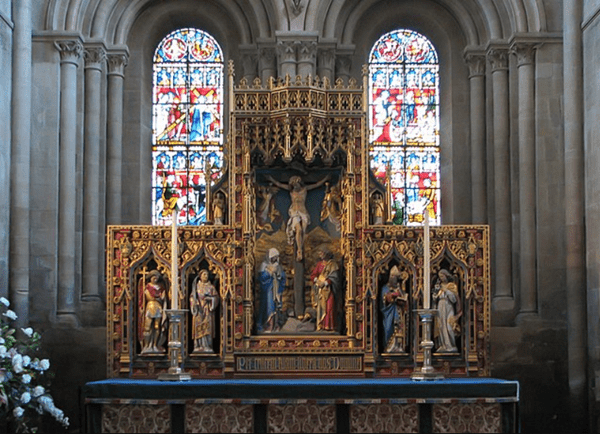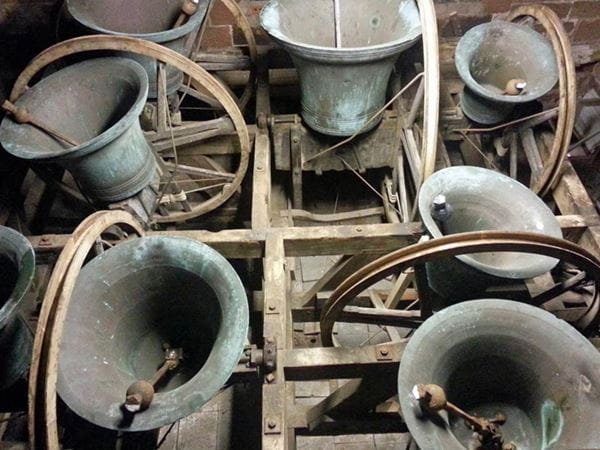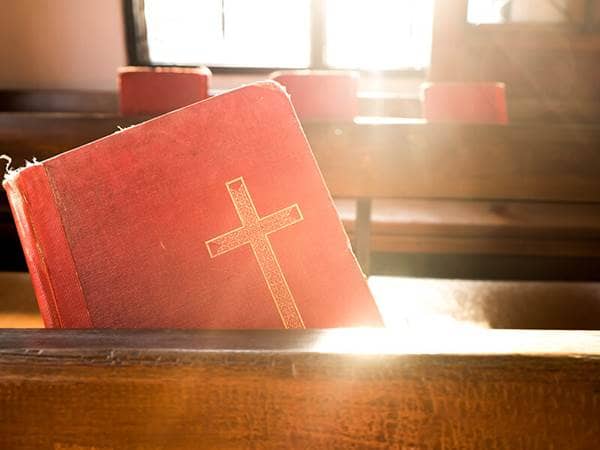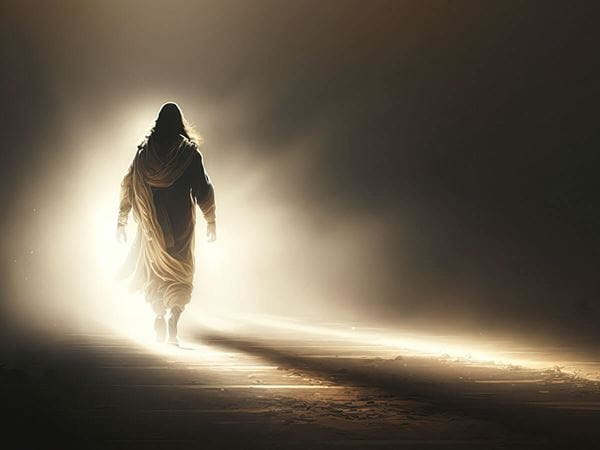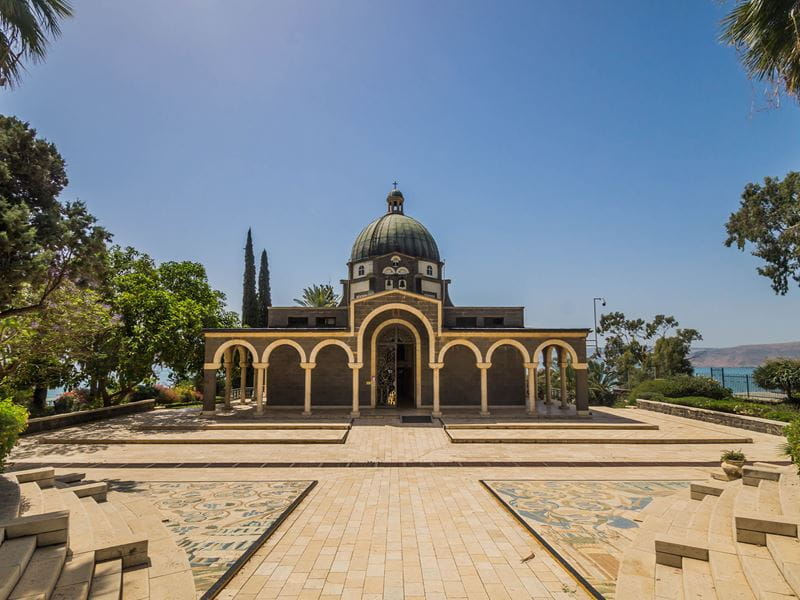
- Trending:
- Pope Leo Xiv
- |
- Israel
- |
- Trump
- |
- Social Justice
- |
- Peace
- |
- Love
The 100 Most Holy Places On Earth
The Church of the Beatitudes

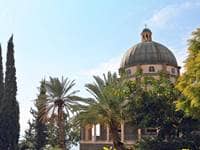


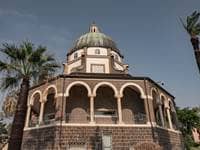
Also Known As:
Mount of Beatitudes or Church of the Beatitudes.
Associated Faiths:
Also frequented by Christians of other High and Low-Church traditions, in addition to tourists of non-Christian traditions.
Accessibility:
Open to visitors.
History
The Mount of the Beatitudes is actually not truly a mountain, but a sloping hill on the Korazim Plateau in Northern Israel. Located on the northwest shore of the Sea of Galilee, at 82 feet below sea level, this “mount” is actually one of the world’s lowest summits. From this popular Christian tourist destination, one can see Capernaum, the Sea of Galilee, and nearly every place that Jesus “lived and worked.”
It is on the site of the Mount of Beatitudes (also known as Mount Eremos) that Jesus is believed to have delivered His landmark “Sermon on the Mount”—from which the famous eight “Beatitudes” are drawn. While no one can say for certain the exact location of the sermon—and while other sites have been suggested (such as Mount Arbel and the volcanic two Horns of Hattin)—for approximately 1,600 years, this has been the most commonly assumed site for the location of Jesus’ famed sermon.
In the 4th century AD, a Byzantine church was erected on the slope, near where some think Christ’s sermon may have been delivered. That church remained in operation until the 7th century. Just southeast of that same location today, one can see the remains of a small monastery which once sat on the site, along with a rock cistern—presumably associated with the 4th century church. Further up the slope the Roman Catholic Church built an octagonal chapel (in the late 1930s). The octagonal shape is reflective of the eight beatitudes Jesus delivered to his followers.
This small Neo-Byzantine style church, with its golden mosaic dome, sports a small altar in its center, surrounded by symbols tiled into the floor, representing attributes, such as faith, hope, and charity. Owned by the Catholic Church, and under the care of the Franciscan Missionary Sisters of the Immaculate Heart of Mary, the building houses a tiny giftshop which sells items to help pay for the upkeep of the popular tourist site.
Religious Significance
Since at least as early as the 4th century AD, Christians have been making pilgrimages to Mount Eremos—or the “Mount of Beatitudes”—to worship Christ and to contemplate the meaning of His life and teachings in their lives. A shady spot, with access to water, the general area it is typically associated with Jesus’ miracle of the multiplying the loaves and fishes, and Jesus’ commission of Simon Peter to lead the fledgling faith. Knowing that this place was so important to Christ, and one that He frequented, it early on became the presumed site of His important sermon on how to live a holy life.
In Jesus’ Sermon on the Mount, He introduced the “beatitudes”—from the Latin, meaning “happy” or “blessed.” Thus, Jesus saw these as a “prescription” for how to live a blessed and happy existence. They are, as one theologian called them, “the constitution for a perfect life.” While Jesus’ audience was His newly called apostles, nevertheless, it seems that His teachings (in this sermon) are of general applicability.
In this foundational sermon, Christ counseled His apostles to be “poor in spirit” or, in other words, devoid of pride. He promised them that those who had cause to mourn would find comfort in Him. He encouraged of them meekness—that they not be easily provoked. For those who “hungered and thirsted” to be righteous, Jesus promised them the power to become such. He encouraged them to be merciful toward others, particularly if they hoped to find mercy from others. He told them that, if they would purify their hearts, they would “see God”—not only in the next life, but in the people, places, and things all around them. He encouraged them to be peacemakers—something desperately needed in our world today. And He warned them that as they sought to live holy lives, they would be persecuted for that holiness. (Could there be a greater oxymoron than that?)
Of course, this “mount” is “holy” because Jesus and His early apostles walked it. How could it be otherwise? However, the Mount of Beatitudes (and its associated tiny chapel) constate a “sacred space” for a more important reason. What Jesus taught here are the attributes of a “holy character.” They are, in essence, the very things every Christian is commanded to develop. The “beatitudes” are what one very small Sunday School child called “the beautiful attitudes.” They are the “prescription” that can make our lives “happy,” our world “blessed,” and each place we visit “sacred space”—because if more people would seek to develop these “attributes,” we could turn this entire world into a “sacred space.”.


